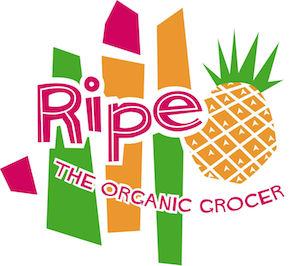Cauliflower is a member of the Brassicaceae family, (as is broccoli, which it strongly resembles.) It is related to kale, brussels sprout and cabbage, and is unusual in this family as only the white head is eaten (usually), although the leaves are also edible. Cauliflower is extremely nutritious, and may be eaten cooked, raw or pickled. The leaves and stems are useful additions to soups and stocks. The cauliflower head is white, as the florets do not contain chlorophyll as the coarse green leaves that grow around the head block the sunlight. Cauliflowers are still packed with nutrients, despite their pale colour, and just 1 cup of cooked cauliflower will supply you with around 90% of your daily vitamin C requirements. Purple and pale green varieties are also sometimes available. Caulis are also high in Vitamin K, folate and dietary fiber
When choosing a cauliflower, look for a clean, creamy white head in which the florets are tight and firm. Heads that are surrounded by many thick green leaves are better protected and will be fresher. As its size is not related to its quality, choose one that best suits your needs.
Store uncooked cauliflower in a paper or plastic bag in the refrigerator where it will keep for up to a week. To prevent moisture from developing in the floret clusters, store it with the stem side down.

